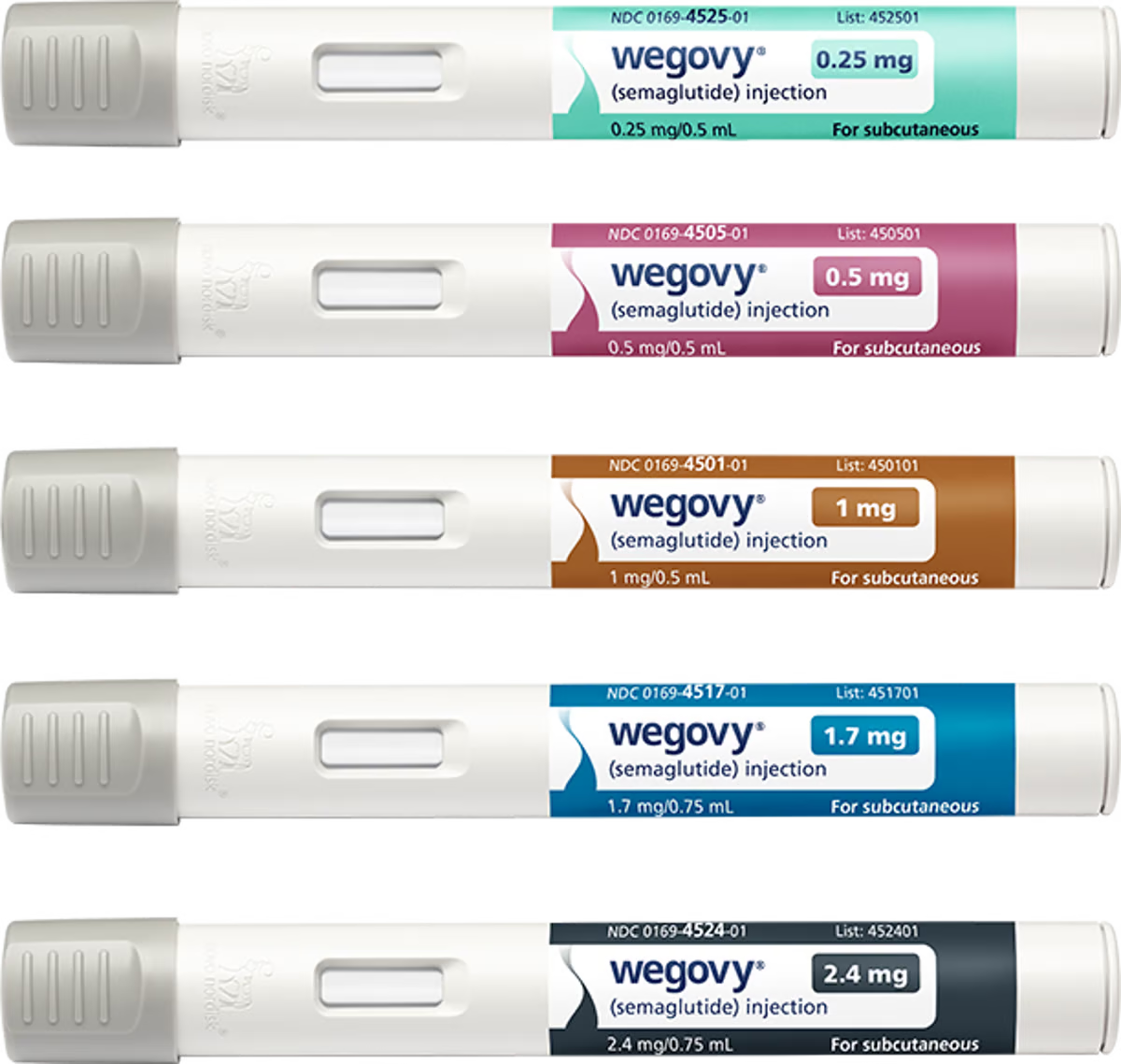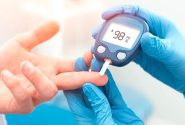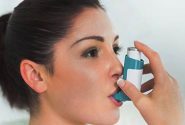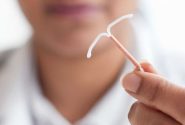FRIDAY, May 10, 2024 (HealthDay News) — (Tasrir) — About 6% are taking one right now, the poll found.
Most patients say they use the drugs (61%) to treat a chronic condition like diabetes or heart disease, which can make it easier to obtain a prescription, the report says.
More than 2 in 5 using the drugs are diabetics (43%), KFF found.
This makes sense, given that the class of medications — GLP-1 agonists — was first developed as a treatment for type 2 diabetes.
Further, about 1 in 4 people using the drugs (26%) have heart disease. In March, Wegovy became the first weight loss medication to receive approval from the U.S. Food and Drug Administration (FDA) as a means of reducing risk of heart attack and stroke.
Only about 22% are taking the drugs because a doctor diagnosed them as overweight or obese, but nearly 38% take the drugs solely to lose weight, the findings show.
These drugs can be costly, with list prices topping $1,000 for a month’s supply before insurance coverage, rebates and discount coupons, KFF said.
Insurance coverage for the drugs seems to make little difference in how patients perceive their affordability.
About half of people (54%) who report having ever taken the drugs say it was “difficult” to afford them, including 1 in 5 (22%) who said it was “very difficult.”
Similar percentages of people with insurance said it’s “difficult” (53%) or “very difficult” (23%) to afford the drugs.
About 6 in 10 adults (61%) say Medicare should cover these drugs for people who are overweight or obese. That response was consistent across age groups and political leanings, researchers said.
However, only about 9% seniors said they had ever taken the drugs, and only 1% said they took them for weight loss.
GLP-1 agonists work by mimicking a hormone that helps control blood sugar levels and appetite.
About 8 in 10 adults (82%) said they had heard at least “a little” about the drugs, and 3 in 10 (32%) said they had heard “a lot” about them. That marks an increase in awareness – last July, 1 in 5 (19%) said they knew a lot about the drugs.
Also, about 8 in 10 (79%) of adults who have used the drugs said they’d gotten a prescription for them from their doctor or a specialist. About 11% got them from an online provider or website, 10% from a medical spa or an aesthetic medical center, and 2% from somewhere else.
The survey was conducted online and by telephone April 23 through May 1, and involved a random sample of 1,479 U.S. adults. The margin of error is plus or minus 3 percentage points.

